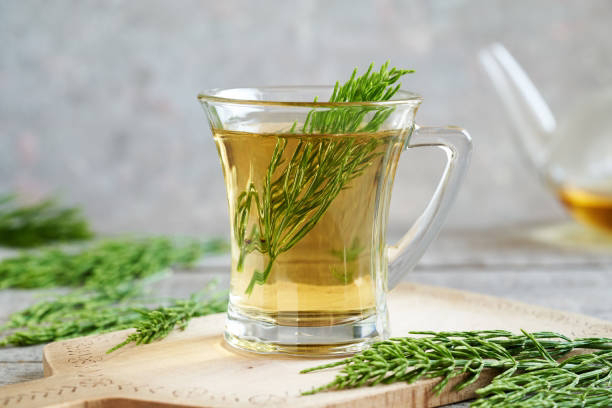Ancient Plant: Horsetail (Equisetum) is one of the oldest living plants on Earth, with a history dating back over 300 million years to the Paleozoic era.
Pre-Historic Giant: Fossil records show that ancient horsetails grew up to 30 meters (100 feet) tall, much taller than the modern variety.
Silica Content: Horsetail contains high amounts of silica, a mineral essential for plant growth and development.
Medicinal Properties: Horsetail has been used in traditional medicine for centuries to treat various ailments, including kidney and bladder issues.
Hair and Skin Benefits: Horsetail is used in hair and skin care products due to its ability to strengthen hair and improve skin texture.
Food Source: In some cultures, horsetail is used as a food source, particularly in Asian cuisine.
Environmental Indicator: Horsetail is sensitive to pollution and is often used as an indicator of environmental health.
Pioneer Species: Horsetail is a pioneer species, able to grow in poor soil and pave the way for other plants.
Reproduction: Horsetail reproduces through spores, not seeds, and can form large colonies.
Low Maintenance: The plant is relatively low maintenance and can thrive in challenging conditions.
Ornamental Value: Horsetail is used in landscaping and ornamental gardens due to its unique appearance.
Symbolism: In some cultures, horsetail is seen as a symbol of strength, resilience, and longevity.





